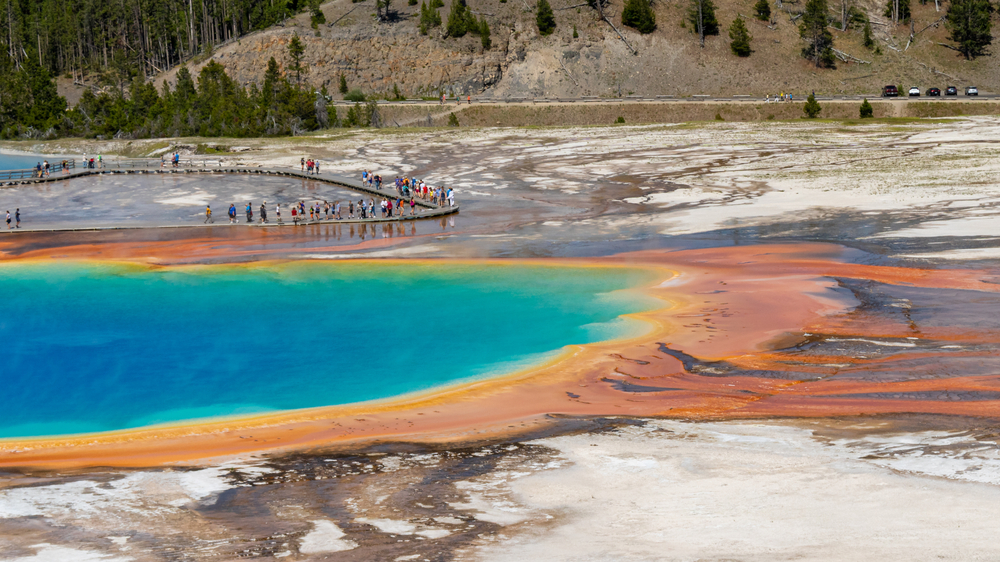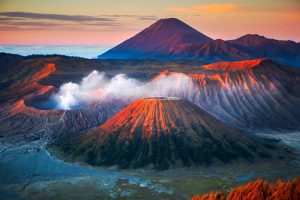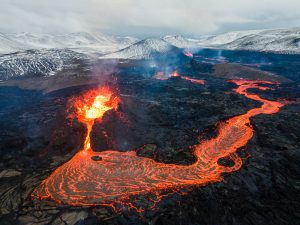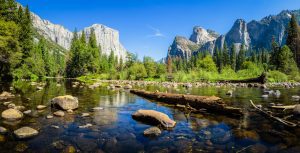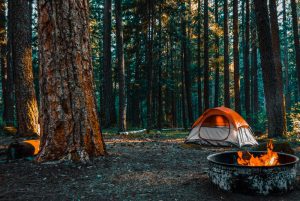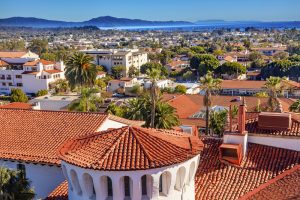Known as America’s first national park, Yellowstone is one of the most visited natural wonders in the world, but most people who visit don’t realize that they are walking around an active volcano.
It makes sense when you think about it, considering the fact that the national park is a playground of hydrothermal activity with gushing geysers and plopping mud pots just about everywhere you look.
And while the line is blurred when it comes to the truths and exaggerations of this supervolcano, it is always important to do some homework on your next vacation destination to make sure you are prepared for anything.
Check out this list of the ten things you need to know before your next trip to Yellowstone to ensure that you can take on your adventure informed and confident about the days ahead.
Table of Contents
1. When did Yellowstone last erupt?
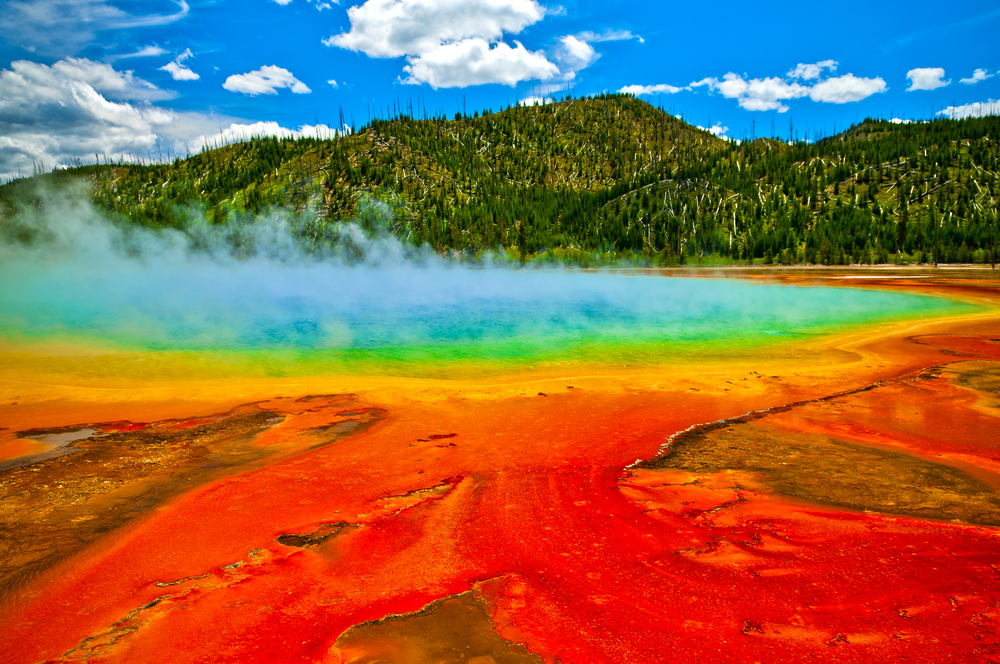
The last time that Yellowstone erupted was just about 640,000 years ago, but this wasn’t the only time that the supervolcano destructively erupted.
There are recorded eruptions for Yellowstone dating back one million and two million years ago. However, the evaluation of these events only offers limited details.
Unfortunately, with the eruptions dating back so far, scientists have only been able to gather a handful of information about their effects.
While all of the small details remain unknown, we do know that the latest eruption sent a combination of volcanic ash, rock, and dust nearly 250 miles out into the atmosphere.
In doing so, these elements caused a dramatic change in the environment that would have altered the climate for thousands of years after.
Due to the eruption, a whopping fifteen hundred miles of the Yellowstone area ended up collapsing inward, eliminating much of its towering height.
Despite this collapse, there is no shortage of things to admire when visiting Yellowstone National Park since the magmatic heat that fueled the eruption still lives on today.
You can see its presence when visiting the national park’s iconic geysers, mud pots, and fumaroles.
Many of the geysers peppered throughout Yellowstone National Park erupt multiple times a day, but the best way to know for sure if you’ll see one is to visit the national park service site for estimated eruption times.
One of the most popular places to visit in Yellowstone is Old Faithful because it shoots water up to an impressive height of 180 feet and can erupt more than twenty times a day.
It is amazing to see this geyser in action simply because Old Faithful is a unique phenomenon, but it is even more incredible when you think about the fact that it is a product of an ancient eruption.
Without the eruptions that occurred more than half a million years ago, there would not be the popular attractions that draw millions to the national park each year.
In fact, the reason why guests don’t get a mesmerizing glimpse of the supervolcano itself is because they are walking right on top of it!
2. What is the threat level of the Yellowstone supervolcano?
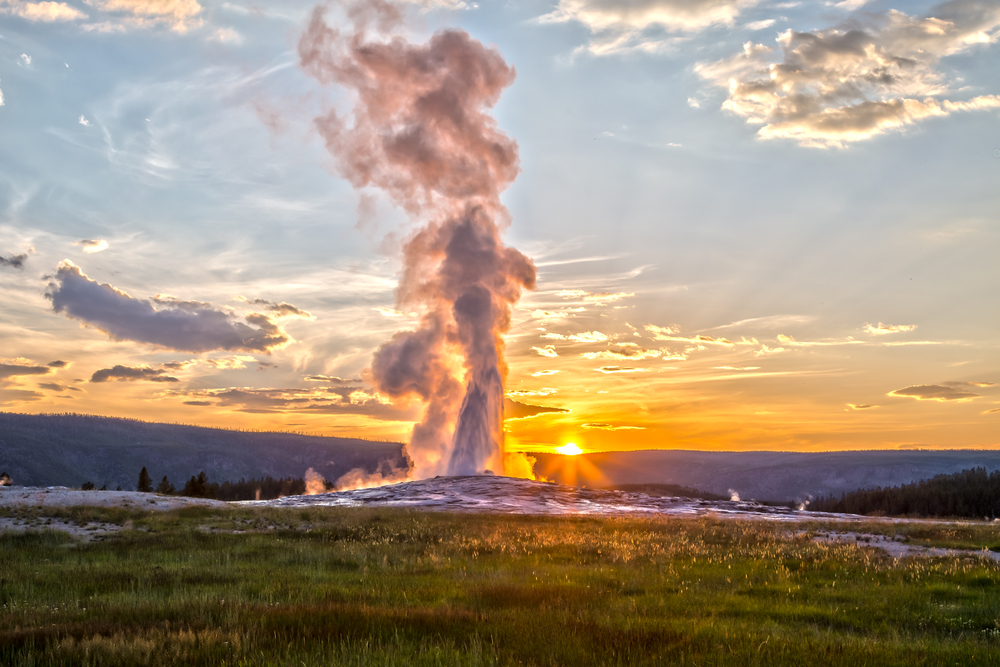
While there are some dangers that visitors should be cautious of when visiting Yellowstone National Park, a drastic eruption of the supervolcano is not on this list.
There is a lot of talk around the idea that the Yellowstone supervolcano will just suddenly explode one day without notice and destroy everything in its path.
But rest assured, this is impossible, and there are plenty of scientific viewpoints that demonstrate just how illogical it is.
For starters, the amount of technology available in today’s world has allowed scientists to wire the volcano with a variety of machines that trace its every move.
And since a volcano has to undergo certain changes in pressure and heat before it could even begin the eruption process, scientists would have plenty of time to get an evacuation plan in place.
Based on the timing of the Yellowstone super volcano’s past eruptions, another eruption should not occur for at least another hundred thousand years.
In fact, Yellowstone doesn’t even make the cut for the top five most threatening volcanoes in the United States with some of the winners going to Mount Rainier and Mount St. Helens in Washington state.
But this doesn’t mean that it is not dangerous to visit Yellowstone National Park, and there have even been years when the death count reached more than fifty.
It is important to note that these deaths were not due to an unpredicted eruption but rather because people were not following the national park’s rules.
Yellowstone National Park is made up of geysers that shoot up boiling water and getting too close to these geysers can cause extreme burns or even death.
This is why there are designated boardwalks in place for visiting these popular attractions, so it is important that guests don’t wander off on their own.
Also, there are a plentiful number of wild animals that live in the park from wolves to bison to bears that can also be a threat.
People have lost their lives or have gotten seriously injured attempting to approach these types of animals, so it is important that you always keep a safe distance when enjoying wildlife sightings.
3. What is the size of the Yellowstone volcano?

Although the dimensions have changed over time, the Yellowstone supervolcano is currently estimated at an impressive size of thirty by forty-five miles.
In other words, much of the iconic Yellowstone National Park is made up of this supervolcano, and it has only grown in size with the development of new calderas.
A caldera is a massive crater that is left after a volcanic eruption, and each of the three documented eruptions of Yellowstone has resulted in another caldera being created.
The most notable of these calderas was a product of the most recent eruption and it is known for being both the largest as well as being home to some of the national park’s best features.
It is here that you will find the largest natural lake in the park, Yellowstone Lake, but most people know it simply for being the largest high-elevation body of water in the country.
While you can enjoy many activities around the lake like sightseeing and hiking, swimming is off-limits because its temperatures are absolutely frigid.
This may come as a surprise, considering the fact that every other part of the park features extremely hot conditions. But this is part of what makes the lake so unique.
Another gem located within the caldera is the Grand Canyon of Yellowstone, and it leaves its visitors completely speechless thanks to its dramatic canyon walls and vibrant flowing waters.
Plus, most of the popular thermal activity locations are found within this “young” caldera including Old Faithful, Mammoth Hot Springs, Upper Geyser Basin, and so much more.
4. How old is the Yellowstone volcano?

Scientists don’t have a definite answer when it comes to the creation of the Yellowstone supervolcano, but there are a few estimates floating around.
Based on the information gathered by the three major eruptions that occurred at Yellowstone, it is safe to say that the oldest of the Yellowstone calderas was created a little over two million years ago.
However, this estimate focuses on when Yellowstone suffered its first eruption rather than how long the volcano remained dormant prior to this event.
Some scientists believe that the hotspot that ultimately led to this eruption can be traced back nearly seventy million years ago, so it is hard to say just how long this impressive volcano has been around.
At the same time, the origin of Yellowstone’s hot spot has been a popular topic for years, with researchers going head-to-head on what they believe is the reason for the first eruption.
So, with so much uncertainty around the birthday of the Yellowstone supervolcano, it is best to focus your attention on the development dates of its iconic calderas.
5. Would a Yellowstone eruption kill everyone?
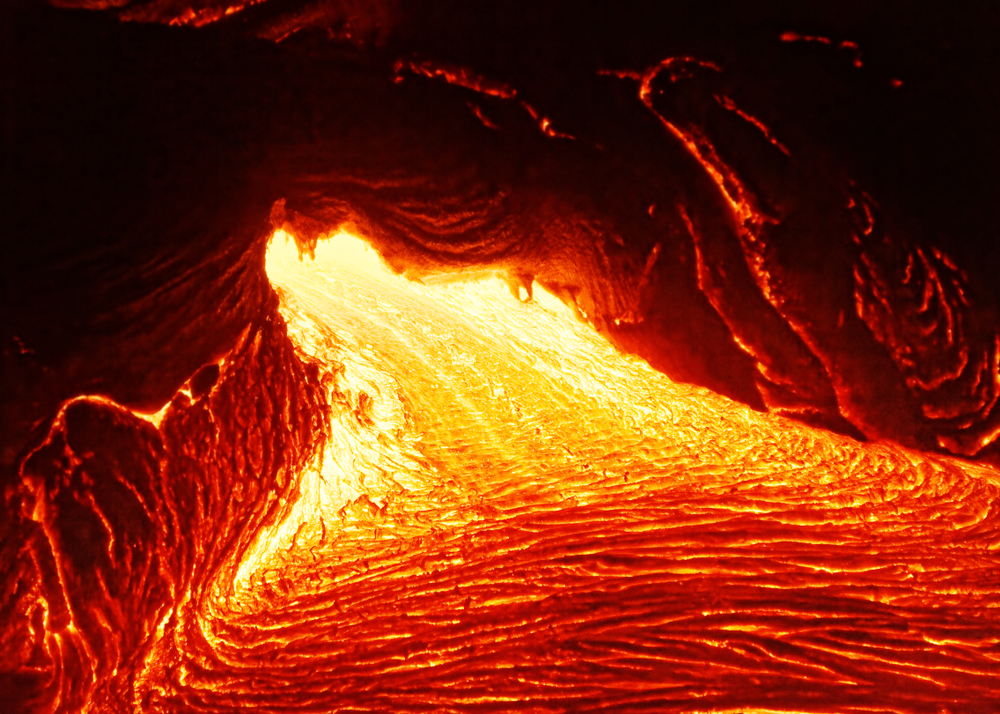
In short, no. Even if the Yellowstone supervolcano were to explore, there would be no way that it could spread far enough to reach every edge of the United States.
But that doesn’t mean it wouldn’t cause widespread destruction. Scientific data suggests that a major eruption of the Yellowstone volcano could leave states like Colorado, Wyoming, Montana, Utah, and Idaho under a three-foot layer of hazardous ash.
It would destroy anything in its path, such as buildings, powerplants, vehicles, and wildlife but luckily, the Yellowstone Volcano doesn’t have the capability to stretch far enough to kill everyone.
In even better news, the chances of an eruption like this happening are slim to none, as there is nothing that suggests that the Yellowstone volcano is capable of an eruption for at least another hundred thousand years.
And if an eruption were to occur at some point prior to this, scientists believe it would only give way to a small lava flow that would leave the surrounding area unharmed.
6. Is the Yellowstone volcano Active?
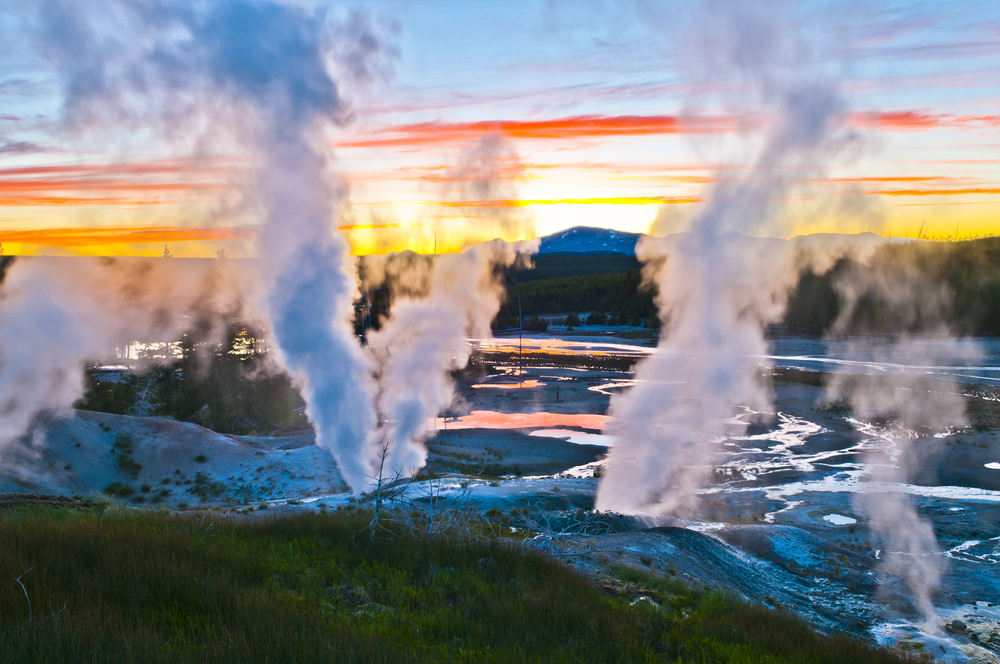
Although the Yellowstone volcano hasn’t erupted in more than half a million years and probably won’t for at least a hundred thousand more, it is still a very active volcano.
In fact, the main reason that millions of people visit the iconic Yellowstone National Park each year is to visit some of the volcano’s active features like the impressive geysers and interesting mud pots.
And if the abundance of hydrothermal activity isn’t enough to convince you of just how active this volcano is, the repetitive earthquakes that shake the ground each day ought to do the trick – but more on that later.
7. Is Yellowstone the largest volcano in the world?
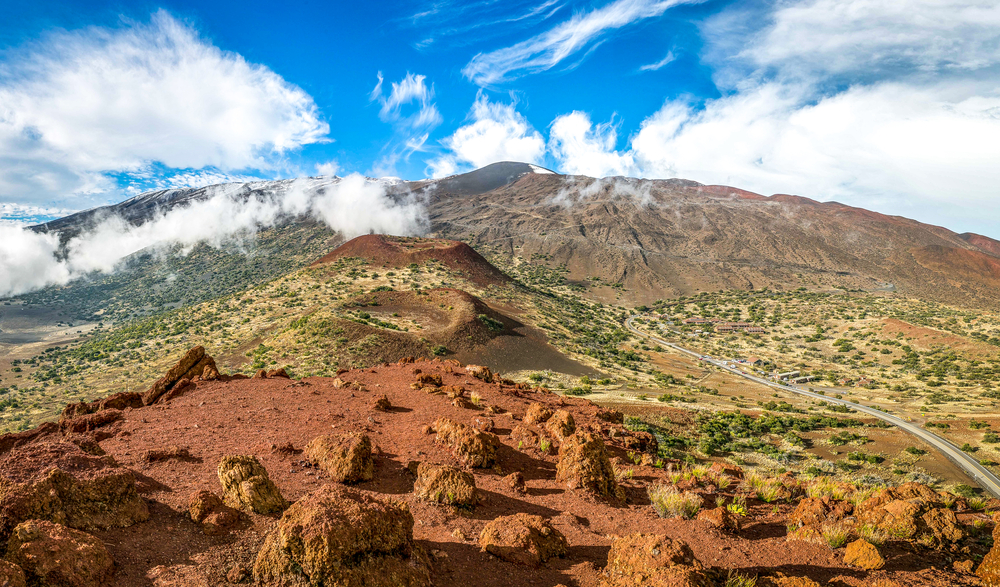
There is no denying that Yellowstone is one of the largest volcanoes in the world, at an impressive size of about thirty by forty-five feet, but it has not earned the title of the largest volcano in the world.
The world’s largest volcano goes to Tamu Massif, which may come as a surprise considering the fact that it has stayed off everybody’s radar for such a long time.
This is partly because Tamu Massif is located in the middle of the Pacific Ocean, more than one thousand miles from the nearest country, which makes it very difficult for scientists to access and study.
But from recent exploration in the early 2000s, scientists were able to discover an extraordinary volcano system unlike anything else in the world, locking Tamu Massif in the place for the world’s largest volcano.
And even if we were just discussing the largest volcano in the United States, Yellowstone would still come in second place to Hawai’i’s Mauna Kea, which stands tall at a dramatic height of 13,803 feet.
8. How many earthquakes happen in Yellowstone each day?
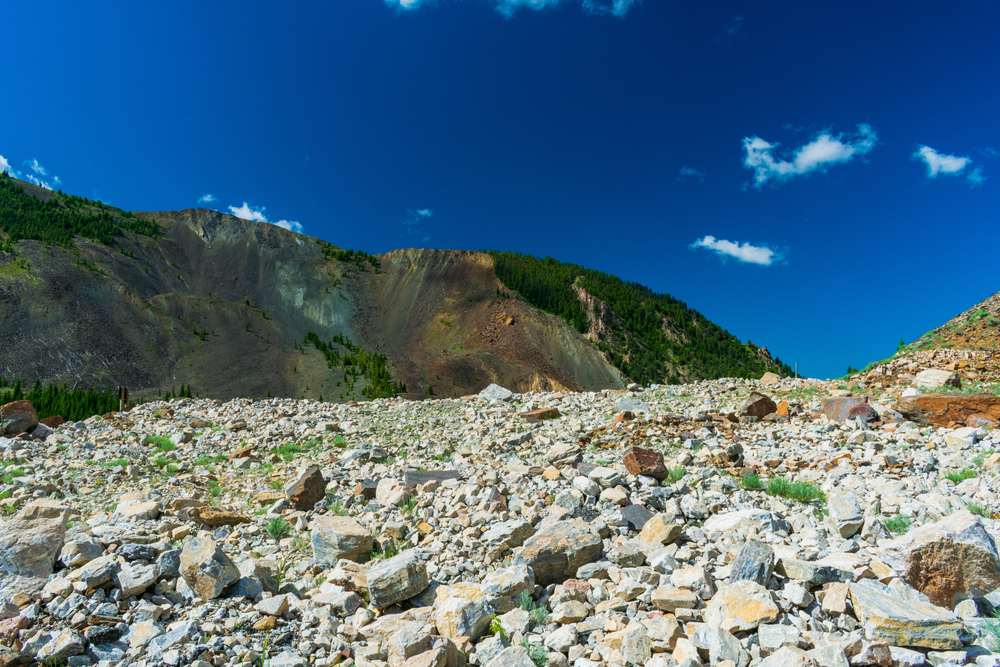
Many people do not realize that Yellowstone sees an abundance of small earthquakes every day, so much so that scientists believe that the chance of a major earthquake is more threatening to the national park than a volcanic eruption.
In fact, based on studies of seismic activity over the past five years, the Yellowstone area has been labeled as one of the most tectonically dangerous locations in the western region.
But to answer the question in simple terms, Yellowstone sees anywhere between 1,500 and 2,000 earthquakes a year, which equates to about five earthquakes each day.
Despite this, the chance that a major earthquake will occur is very slim, considering the fact that the minuscule earthquakes are just a product of how the faults move around a volcano.
Plus, most of these earthquakes are so small that they can’t even be felt and can only be detected through the use of a seismic network.
9. What are the odds of Yellowstone erupting?
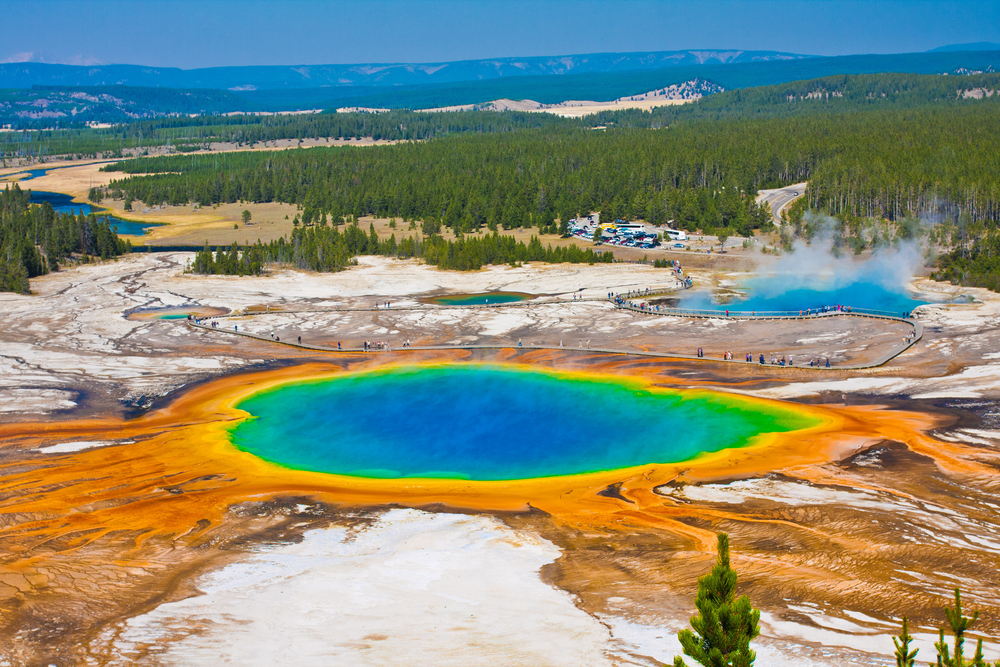
It is safe to say that the odds of Yellowstone erupting are pretty slim, considering the fact that the last eruption was a little over half a million years ago and this supervolcano has a one-million-year gap in between activity.
However, this reasoning is debatable, as some scientists believe that a volcano follows no particular pattern. This would also mean that certain events and reactions would have to come into play before an eruption as well.
The good news is that neither the time nor the current condition of the volcano suggest that Yellowstone will be erupting anytime soon.
Plus, a variety of systems have been put into place to monitor this supervolcano, so if something were brewing, the American people would know far in advance.
10. How tall is the Yellowstone volcano?
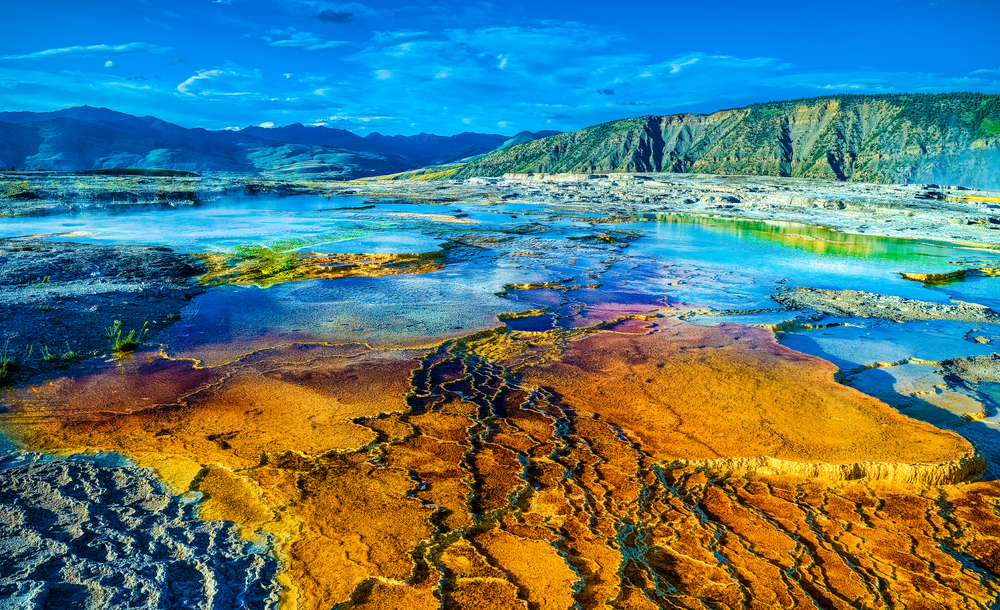
Although Yellowstone stood tall at one point in time, past volcanic activity has sunken this natural wonder into a crater known as a caldera, which eliminates any discussion about an impressive height.
However, you can tell how grand this supervolcano was and continues to be based on how far the caldera spread out – covering an extraordinary area of 1,200 miles.
Since Yellowstone National Park is made up of a little more than three thousand miles, it is safe to say that when exploring this national park, there is a good chance that you will find yourself stepping on the active supervolcano at some point.

